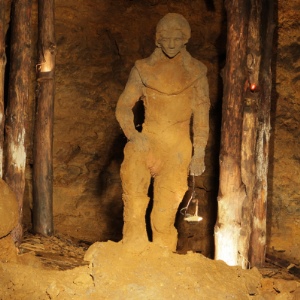Poland Underground Route
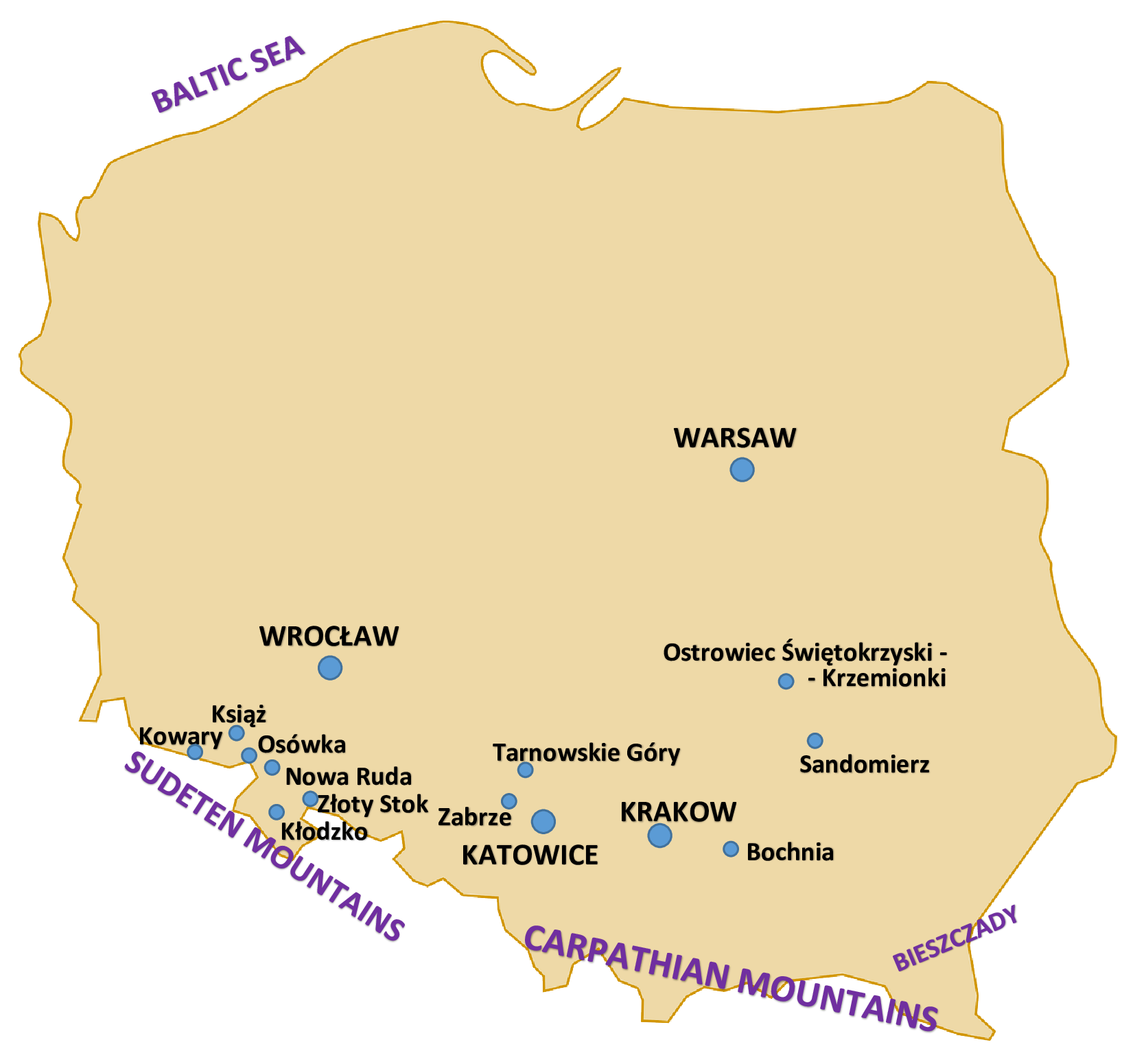
DAY 1 – Arrival in the capital of Poland, welcome and transfer to the hotel. Afternoon city tour. Visit to Fort “Władimir” (Legionów) built in the years 1852-1854 on the southern outskirts of Warsaw Citadel. Overnight in Warsaw.
DAY 2 – Morning departure towards the south, before arriving in Sandomierz, stop at Ostrowiec Świętokrzyski to discover the flint mines of Krzemionki. Walking tour of the town of Sandomierz with an underground tourist route. Overnight in Sandomierz.
DAY 3 – Visit to the Bochnia Salt Mine. Drive to Krakow. In the afternoon, walking tour of the Old Town and visit to the Underground Square Central Museum of Krakow situated below the market square. Overnight in Krakow.
DAY 4 – Departure for Zabrze, visit of the mine – located in Zabrze. Continue to Katowice – former capital of the mining and metallurgical industry of Upper Silesia, in the south of Poland. Free afternoon and overnight in Katowice.
DAY 5 – Visit to the historic Silver Mine and the Black Trout Gallery in Tarnowskie Góry. Departure for Zloty Stok where an old gold mine and the Mining and Metallurgy Museum are located. Overnight in Kłodzko.
DAY 6 – Visit to Kłodzko Fortress – Kłodzko’s most characteristic and recognizable site. Departure for Książ via Nowa Ruda and Osówka. Stop at the coal mine in Nowa Ruda. During the tour, you will discover the underground city of Osówka. Visit to Książ Castle, the most important castle in Lower Silesia. Overnight at the castle hotel.
DAY 7 – In the morning, visit of the underground passages: the history of the castle dates back to the 13th century, but it was during the Second World War that a network of corridors was dug in the rock under the castle. Departure for Wrocław, free afternoon to explore the city on your own.
DAY 8 – Morning arrival in Kowary, visit of the old uranium mine. Departure for Warsaw. Overnight in Warsaw.
DAY 9 – Transfer to Warsaw airport according to flight and departure times.
Warsaw
Afternoon city tour. Visit to Fort “Władimir” (Legionów) built in the years 1852-1854 on the southern outskirts of Warsaw Citadel. Modernized in 1852-1854, it is the only structure in the Warsaw Citadel of a “mountainous” nature with the complex underground system. Three levels of the underground are accessible for the tourists.
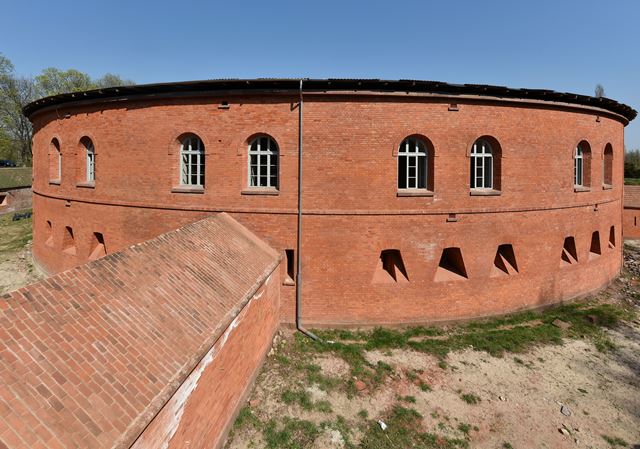
Source: Wikipedia
Ostrowiec Świętokrzyski – Krzemionki
The flint mines of Krzemionki – a set of four Neolithic and Bronze Age mining sites dedicated to mining and to the transformation of striped flint.

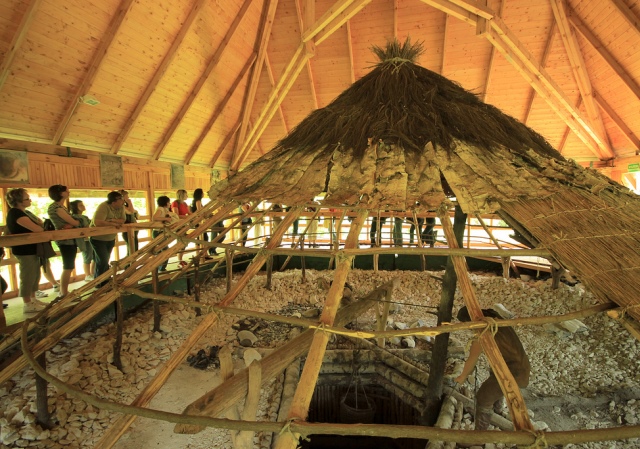
Sandomierz
Walking tour of the town of Sandomierz with an underground tourist route. The region’s capital since the 12th century, it suffered from Tartar invasions several times in the 13th century. Sandomierz is one of the oldest and most beautiful cities in Poland with unique architectural ensemble of the Old Town with its Gothic Opatów Gate, 14th century Town Hall and Gothic Cathedral.
Under the Old Town lies a network of cellars that once served as warehouses. Connected to each other by tunnels, they now form an underground tourist route with a length of 470m.
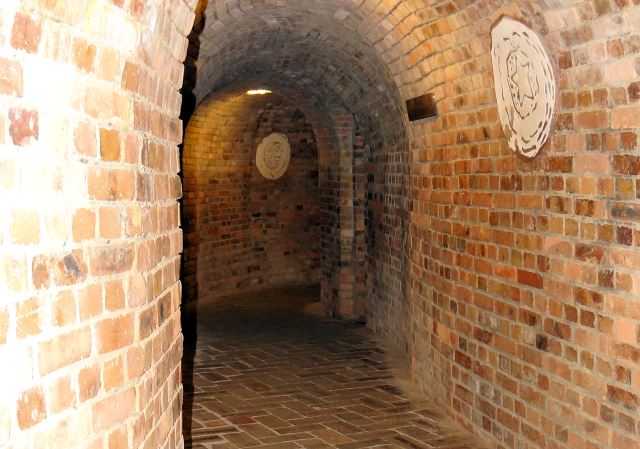

Bochnia Salt Mine
Smaller and less frequented than Wieliczka, the Bochnia Mine has an undeniable charm and it is the UNESCO site. During the tour you will hear the history and secrets of the mine and see the multimedia exhibition presenting the development of mining techniques over the centuries.
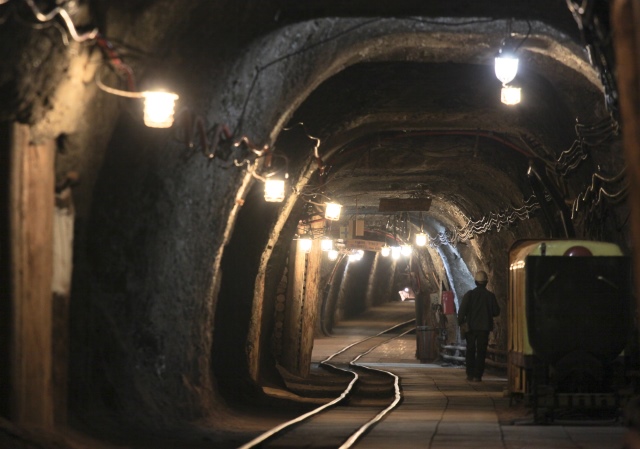
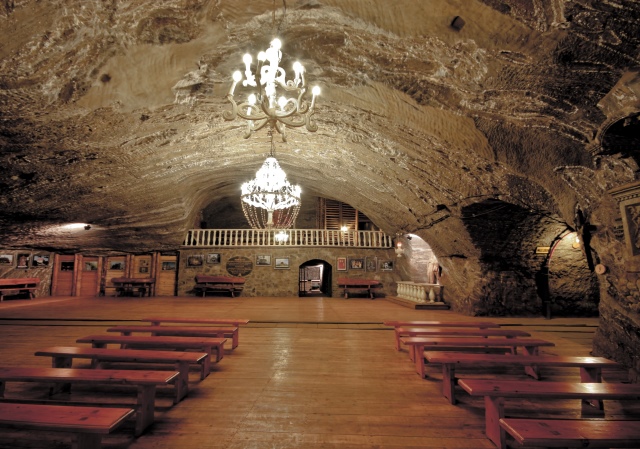
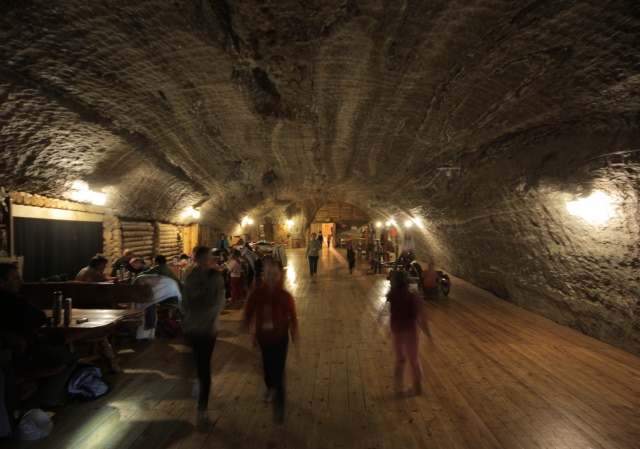
Krakow
Walking tour of the Old Town and visit to the Underground Square Central Museum of Krakow situated below the market square. Start at Market Square, one of the biggest in Europe, a reminder of the power and wealth of medieval Kraków, the Polish capital at that time. The 13th century Cloth Hall, rebuilt in Renaissance style, houses the largest collection of Polish paintings on the first floor and colourful handicraft stalls in the ground floor arcades. Saint Mary’s Church, dating back to the year 1221, boasts the precious 15th century Witt Stwosz altar.

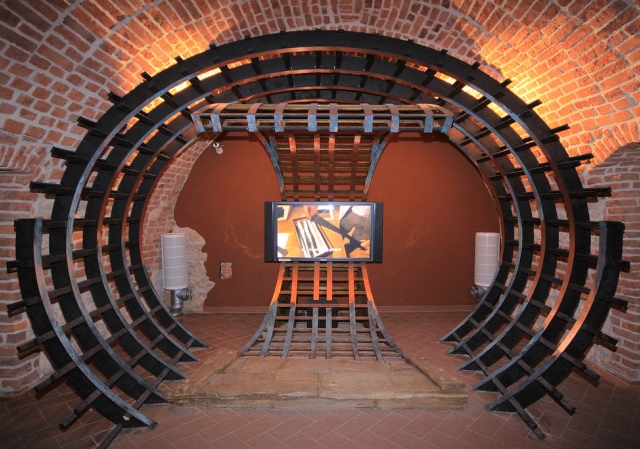

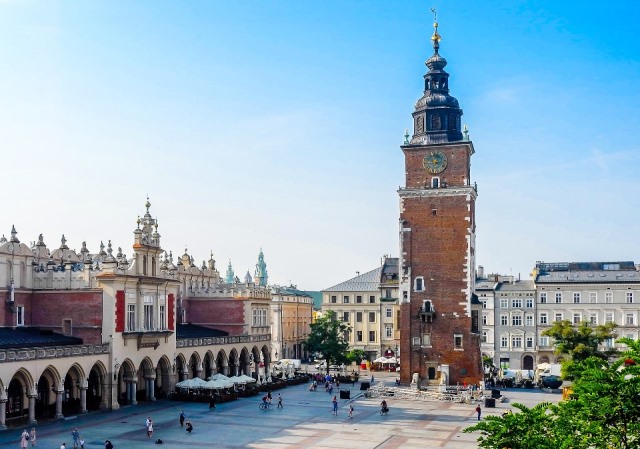
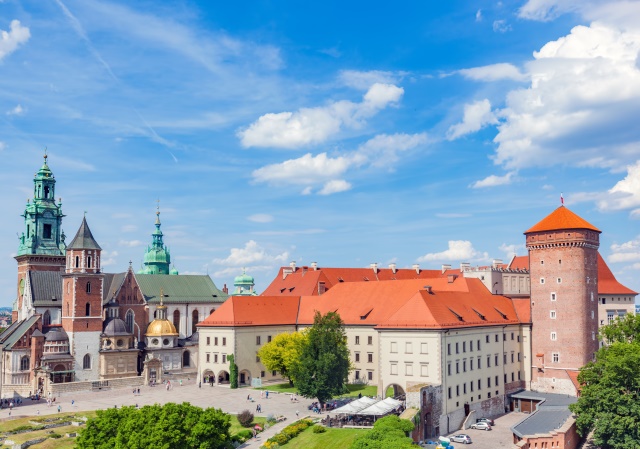
Zabrze
Visit of the mine. Put on your helmet and guide yourself through the underground labyrinth of the former Guido coal mine in Zabrze to learn about the work of miners and discover the history of the development of mining technologies from the 19th century until present times.

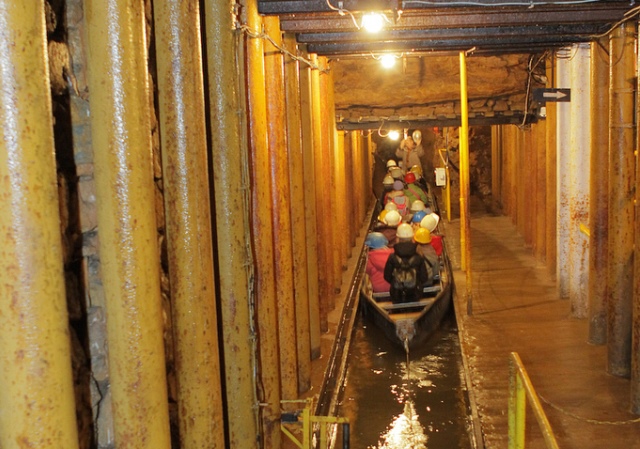
Katowice
Former capital of the mining and metallurgical industry of Upper Silesia, in the south of Poland. Free afternoon and overnight in Katowice.
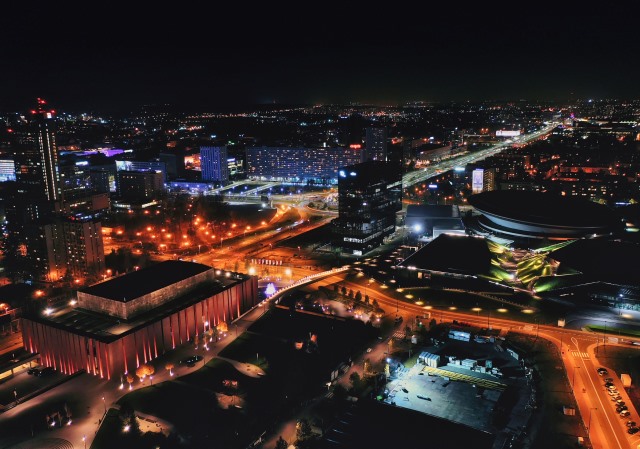
Tarnowskie Góry
Visit to the historic Silver Mine and the Black Trout Gallery.
UNESCO World Heritage Site, the Tarnowskie Góry Silver Mine is located in the south of Poland, in Upper Silesia (one of the most important industrial regions in Central Europe). Along the tourist route of 1740 meters, you will explore a labyrinth of galleries connecting the three main shafts: Anioł, Żmija i Szczęść Boże (The Angel, The Viper and God Bless You).
The Black Trout Gallery is located in the middle of Repty Park in Tarnowskie Góry. It is accessed by a spiral staircase, before traveling on small boats a segment of about 600 meters long and 25 meters deep, then continuing the visit along a gallery created in the years 1821-1835. Special effects will delight thrill seekers, with the sound of pickaxes, the roar of the coal mine and the moans of the wagons carrying the ore

Zloty Stok
An old gold mine and the Mining and Metallurgy Museum are located here. In the vicinity of Złoty Stok, the earliest evidence of gold mining dates back to 2000 BC, making the Zloty Stok mine the oldest gold mine in Poland.

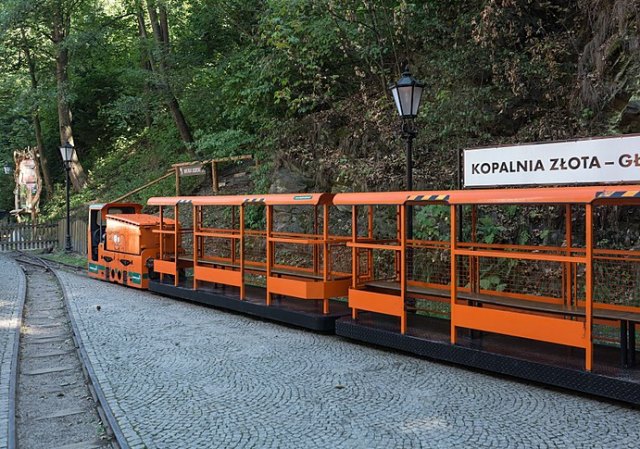
Source Pictures: Wikipedia
Klodzko Fortress
Kłodzko’s most characteristic and recognizable site. During the tour you can see the underground refuge of the medieval population of Kłodzko and you get acquainted with the fortress itself. The defense complex consists of: the Main Fortress, the Mount Owcza Reinforcement Fort, the city walls and field fortifications. It owes its impressive size to the expansion of the order of the Prussian King Frederick II the Great, who, during the Silesian wars took the area of Silesia and Klodzko Land.
During the tour of the fortress we have the possibility to move by casemates (underground labyrinths), see bastions and enjoy the panorama of Klodzko and its surroundings from the vantage point on the bastion.

Nowa Ruda
Perfectly preserved testimony of the old coal mines. The great attraction of the undergrounds are the petrified tree trunks, dating back more than 250 million years, and a fossilized araucaria constituting a unique specimen in the world.
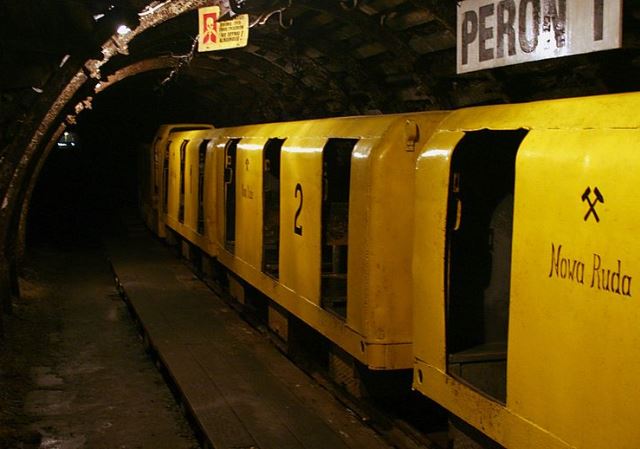
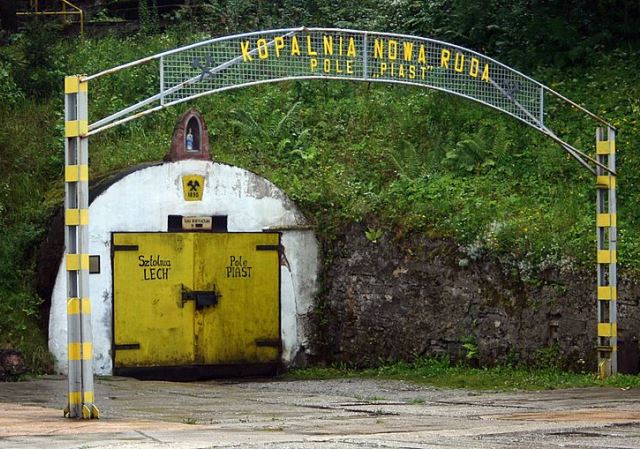
Source Pictures: Wikipedia
Underground City in Osówka
Hitler’s excavations of the underground galleries in the Owl Mountains began in 1943, most probably in order to set up a secret weapons factory. Approximately 1700 meters of a subterranean trail consisting of passages and caverns can be visited.
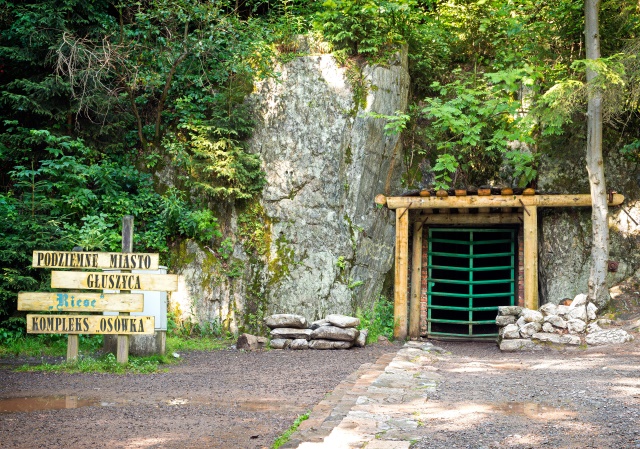
Książ
The pearl of the Lower Silesia and the third largest castle in Poland. Castle was modernized repeatedly and passed from hand to hand until it finally became the property of Hochberg family. During the Second World War the castle was associated with the Project Riese operation in the Owl Mountains. Most of the furnishings were robbed after the war by the Red Army. Besides visiting the rooms of the castle, we can also visit the Castle’s gardens, as well as the nearby castle stables and the palm house of Princess Daisy.
Our last part of tour will be the Underground Tourist Route. During the Second World War a network of corridors was dug in the rock under the castle (900 meters and reaching 50 meters deep). The one-and-a-half kilometre underground route will intrigue with its variety of geological and historical curiosities. We will be able to discover halls powerfully reinforced with concrete, corridors cut out of the rock face, and the bunker rooms laid out beside them. According to some hypotheses the underground complex under Książ Castle was prepared for Hitler’s new headquarters. According to others, it should have housed a powerful command center for a complex of factories and underground laboratories, engaged in research into new types of weapons.



Wrocław
Due to 127 bridges and 14 islands this beautiful city is called ‘Venice of the North’.
Visit to Ostrów Tumski – the oldest part of Wrocław where the episcopate was established in year 1000. See its numerous Gothic churches, the most precious of which, St John the Baptist Cathedral, founded in 1244, has remnants of the first, Romanesque church. Walk through the Old Town with its beautiful Town Hall erected in 1241, now a museum, and many picturesque Renaissance and Baroque tenement houses.
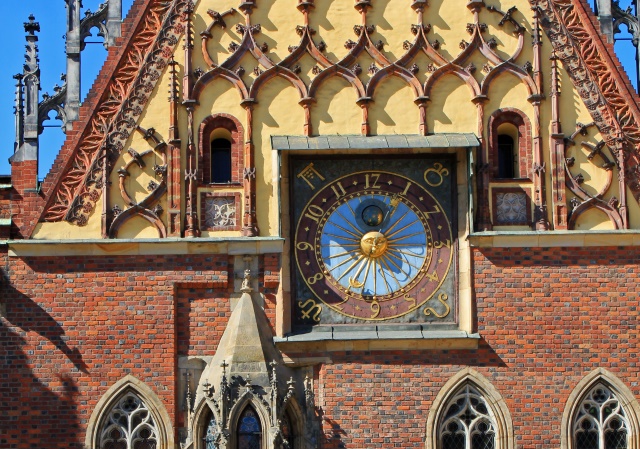
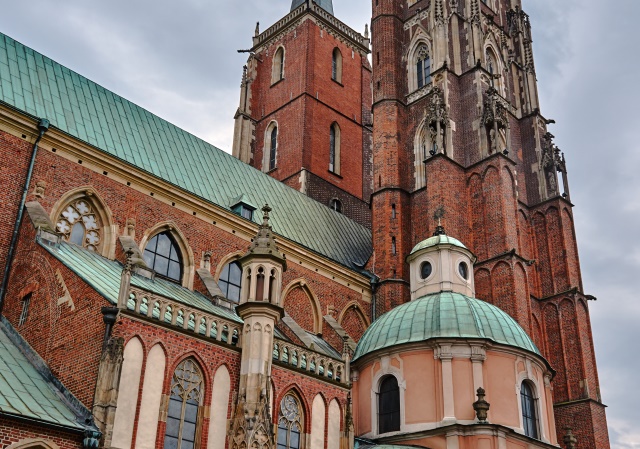
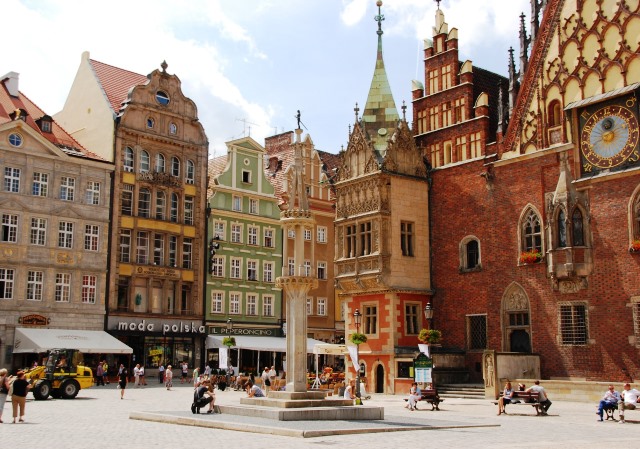
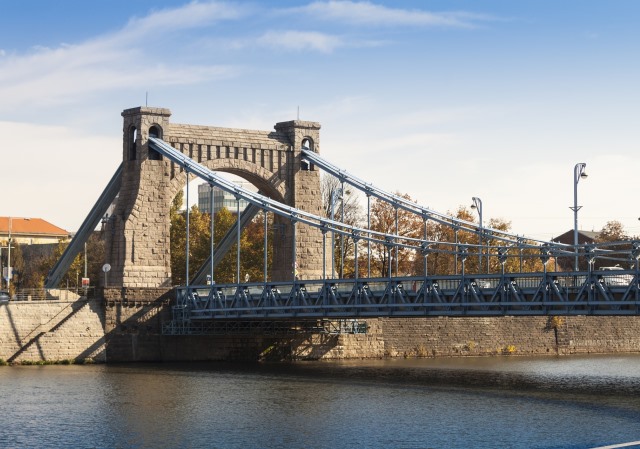
Kowary
Visit of the old uranium mine. The Kowary Mine was founded by the Walloons – miners who came to Lower Silesia from western Europe. According to the legend they were gifted in finding gems and metals. But it was in the twenties of the 20th century, that, in the tunnels after the extraction of iron ore, the Germans found uranium and began mining it. Uranium from Kowary during World War II was sent to German laboratories, where it was the subject of atomic weapon research and analysis. After the war, uranium mining was continued for the same purposes for the Soviet Union. Until 1973, a total of 24 tunnels were dug to a depth of 700 meters.

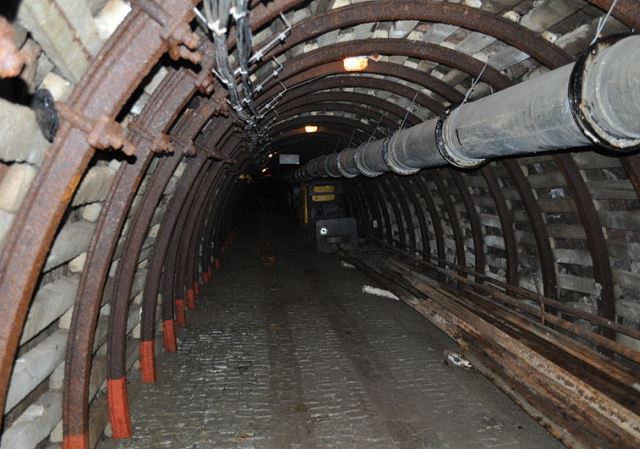
Source Pictures: Wikipedia

